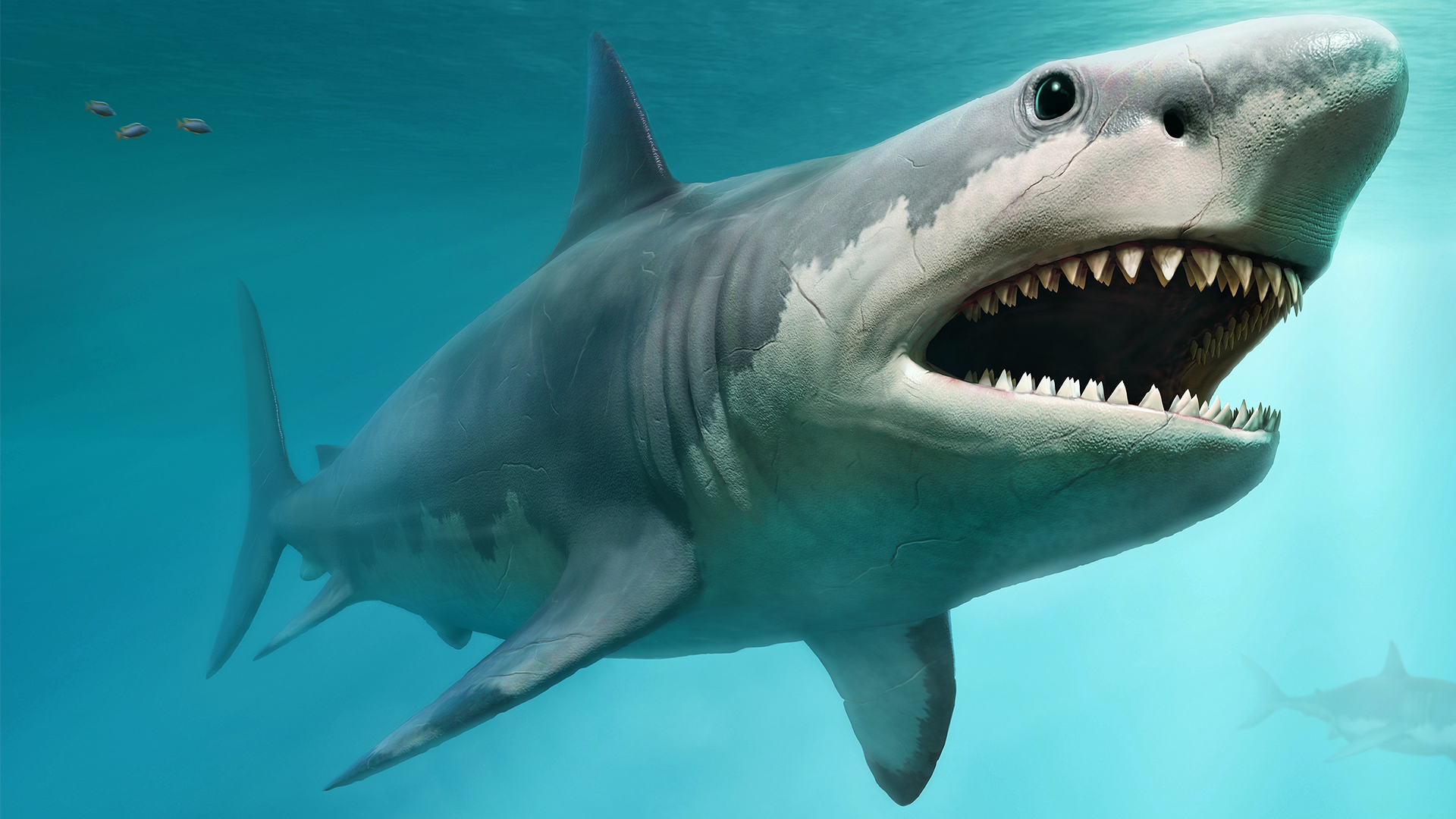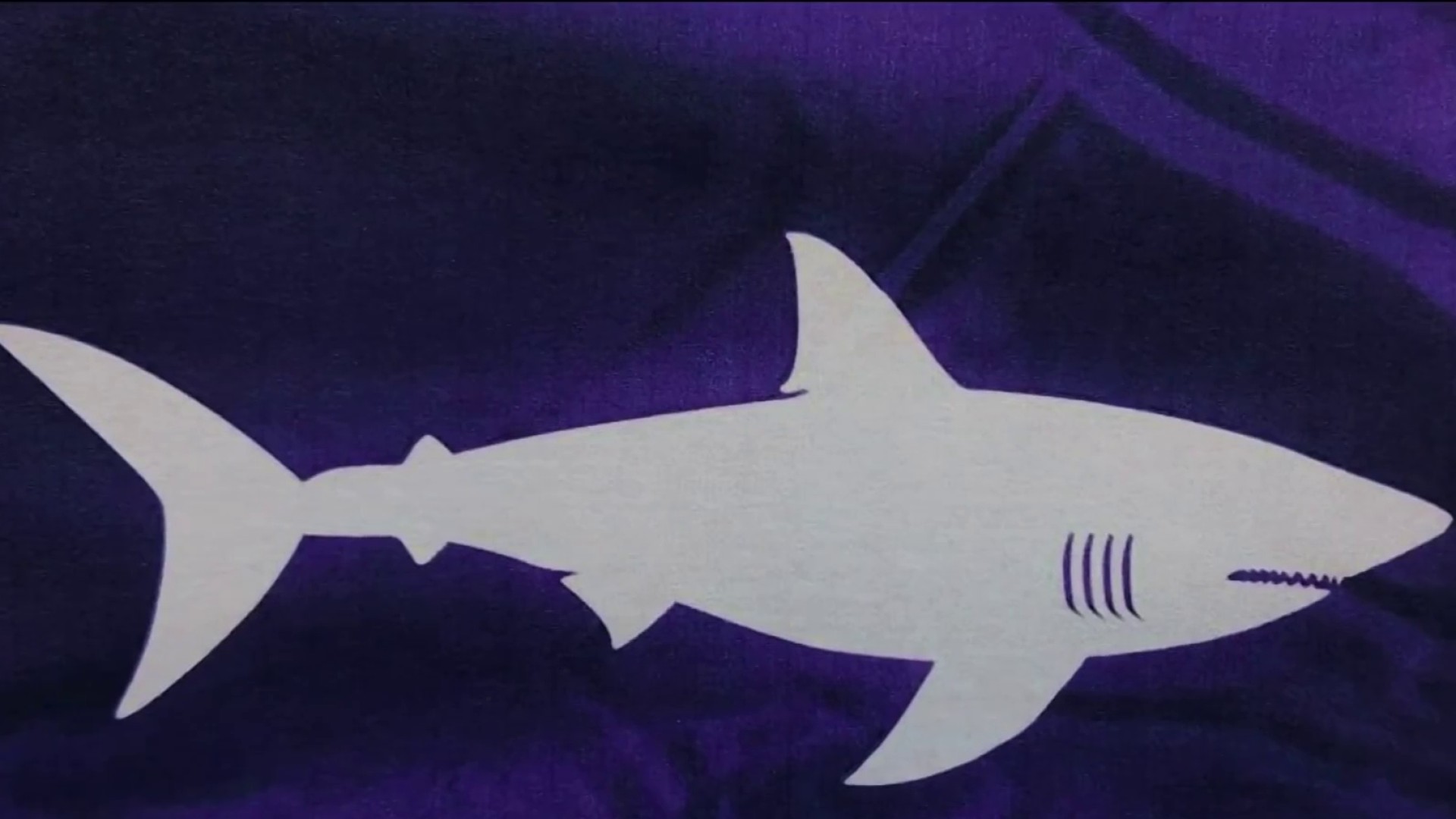After Maine’s first shark attack nearly a year ago, the state is adding new buoys to help track sharks.
Researchers with Maine's Department of Marine Resources have placed dozens of buoys off of beaches to track white sharks. They could help prevent incidents like Maine's first fatal shark attack, which occurred off of Bailey Island last July.
There are 32 buoys total stretching from York in southern Maine to Squirrel Island, near Boothbay on the Midcoast, according to Matthew Davis, a marine scientist with Maine DMR.
"I want to see how many of these tagged sharks are coming here," Davis explained in an interview Tuesday, when asked what he'd most like to know about the sharks' movements in Maine.
Last year, Maine DMR deployed eleven buoys beginning in mid-August. That data showed there were 14 previously tagged sharks in waters off Maine, 12 of which were white sharks.
Listen to our free podcast, "Shark Tales," which explores the world of sharks in New England with our partners at the Atlantic White Shark Conservancy. It's on Apple Podcasts, Spotify or wherever you get your podcasts.
This year, Davis hopes to learn even more after dropping the buoys into the water himself in May, closer to when the sharks begin to arrive in the area.
Of particular interest is shark activity around Saco Bay, where Davis said a number of animals were tracked in 2020.
"Wood Island and Stratton Island, both of which are in Saco Bay, picked up a fair number of shark pings last year," he said, adding that "this year, what we've done is we've created more or less a curtain [so] any time a shark enters or exits the area at least one of those receivers is going to pick up that tag."
For people visiting Old Orchard Beach, which sits on Saco Bay, on Tuesday, the buoys provided some extra comfort.
"I think it's a great idea. It makes me feel safe knowing they're keeping track of the activity," said Jennifer Shea, of Effingham, New Hampshire.
Others, like Ryan Siok of Lee, Massachusetts, said the system does make her feel "a little better," but "knowing that they're out there" makes her wonder if more can be done to prevent the sharks from coming closer to shore.
In addition to the tens of thousands of dollars already spent on the passive buoys, which have to have data downloaded via Bluetooth from nearby boats, Davis said Maine is also working on launching a buoy that has live GPS tracking of tagged sharks.
As for why the sharks are coming to Maine, Davis said that much more research has to be done to understand their movements and that they have likely always been near Maine.
Recovering seal populations, more human activity on beaches and improved methods of communication about sightings could all be contributing factors, as well as climate change, though Davis notes white sharks are able to hunt in very cold waters because they are essentially endothermic, which means they can increase their body heat.
"These sharks have always been able to hunt here successfully," he said.
There are also may simply be more sharks, though, luckily for humans, many times the sharks that do visit do not stay in Maine for very long.
"There's some evidence that shows white sharks have been recovering in population abundance in the nineties," Davis explained, adding that "it's really hard to say what variables are at play."



